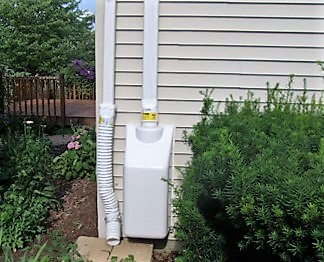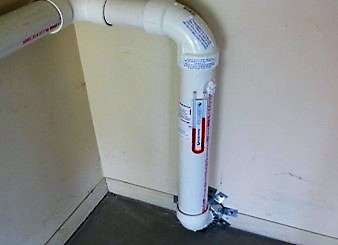Radon mitigation systems can be a solution for indoor humidity control. Because sub-slab depressurization systems remove soil gasses from under the floor, they also remove large amounts of water vapor that could otherwise enter the basement or crawlspace. A radon mitigation system can dramatically help effect the dampness, the smell, and the mold susceptibility of those areas.
DuPage Radon Contractors have experience installing systems for the primary purpose of indoor humidity control in a lower level.
Benefits of Humidity Control in Your Home
Moisture control is important because it protects the building and its occupants. Prolonged damp conditions can cause wooden materials such as furniture, walls, and decor to swell, warp, or rot. It also damages varnish, paints, and brick (during freeze-thaw cycles). Too much humidity can lead to mold growth, efflorescence (a white corrosive action on masonry) and corrosion of other building materials—such as wiring and air conditioning coils. While portable or central dehumidifiers are a possible approach to controlling moisture, they are much more expensive in electricity and louder than a “radon” system. These sub-slab depressurization systems suction the moist soil gas out from under the floor before it even gets into the home. They then send the moist air outside up high away from the home.
Get an efficient dehumidification system to save money and increase comfort levels. Household members susceptible to allergies and other respiratory illnesses can also benefit from it.
Controlled humidity levels can also:
- Safeguard electronic devices
- Protects home furnishings
- Alleviates allergy symptoms
Advantages over dehumidifiers:
- Much quieter
- Much less expensive to operate
- Highly durable








